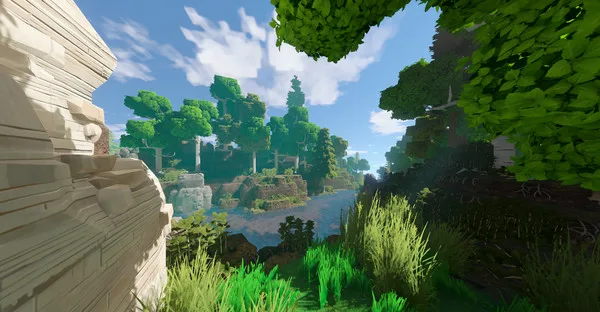
If a player jumps and lands short or misses the intended square they are eliminated. spills & dumping), and land-use conversion (resorts, marinas and more housing developments) until players can no longer successfully complete a migration. Before each successive round continue to take away squares to represent loss of habitat to pollution (e.g. Before round two, explain that a housing development was constructed while they were wintering in Mexico and mark one of the squares with an “X” to indicate it is no longer available to land on. Have the players go through the hopscotch court once-from Alaska to Mexico-to start. While making the trip, the birds have places to stop, rest and sometimes eat (often a wetland or body of water) where they layover before resuming their migration. Summer habitat is at one end, winter habitat the other. The participants are all birds (pick species that migrate) flying from their summer habitat in Canada to their winter habitat in Mexico along their annual migration route (the hopscotch diagram). Ropes on grass, chalk on pavement and a set of carpet squares can also be used depending on the type of open space available. What happens to a specie that uses echolocation when it encounters excessive noise in its environment?Īn ideal location for this activity is a beach where a hopscotch diagram can be drawn in the sand. Remind everyone that throughout the activity the trees” are the bat’s protectors making sure s/he remains safe within the circle. Play until everyone who wants to gets a chance to be the moth. Upon being tagged, the moth becomes the bat and a new moth is chosen.  The bat claps and the moth claps back as they move about within the circle with the bat trying to tag the moth. Select two volunteers, one to be the bat, the other the moth. Everyone in the circle are trees that surround an open meadow where the bat hunts insects to eat. Have the participants form a circle where they can join hands. Many of the details of echolocation are not completely understood, so research on echolocation continues. Many animals, including cetaceans with teeth and some bats, make use of echolocation to orient themselves and detect prey.
The bat claps and the moth claps back as they move about within the circle with the bat trying to tag the moth. Select two volunteers, one to be the bat, the other the moth. Everyone in the circle are trees that surround an open meadow where the bat hunts insects to eat. Have the participants form a circle where they can join hands. Many of the details of echolocation are not completely understood, so research on echolocation continues. Many animals, including cetaceans with teeth and some bats, make use of echolocation to orient themselves and detect prey. 
They emit a range of sounds and listen for the echoes. Echolocation or bio-sonar is the ability of some animals to locate objects using sound waves. Introductionīegin with the question, “How do bats find their food in the dark (or dolphins find their food beneath the sand or in murky water)?” Discuss how finding food using echolocation works, clarifying details and correcting misconceptions.

Always play on flat even ground without obstructions. An ideal time for this activity is at night, however, it can be played during the day.







 0 kommentar(er)
0 kommentar(er)
